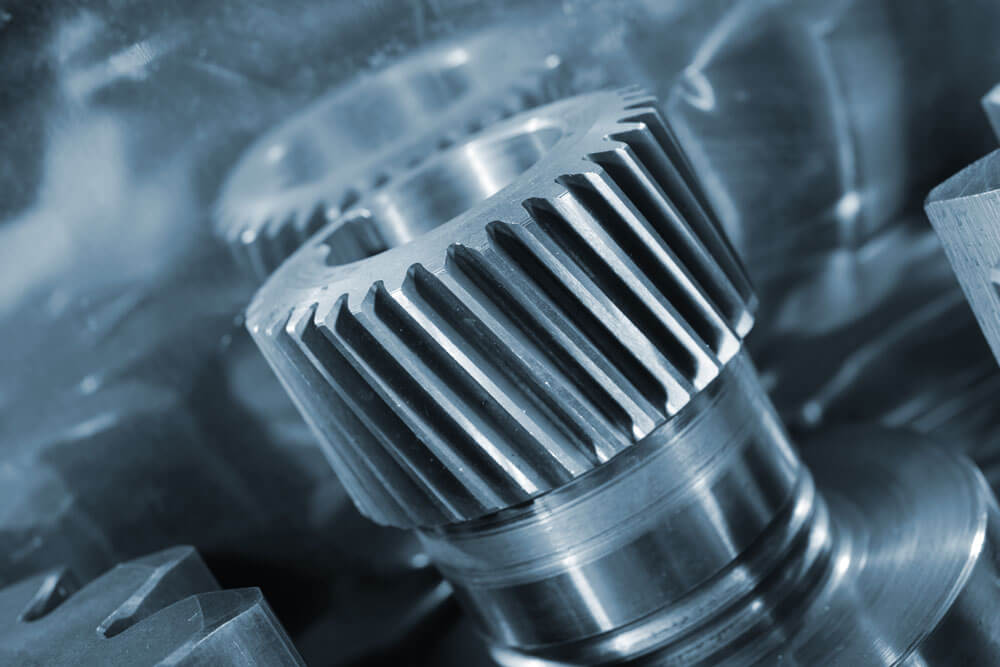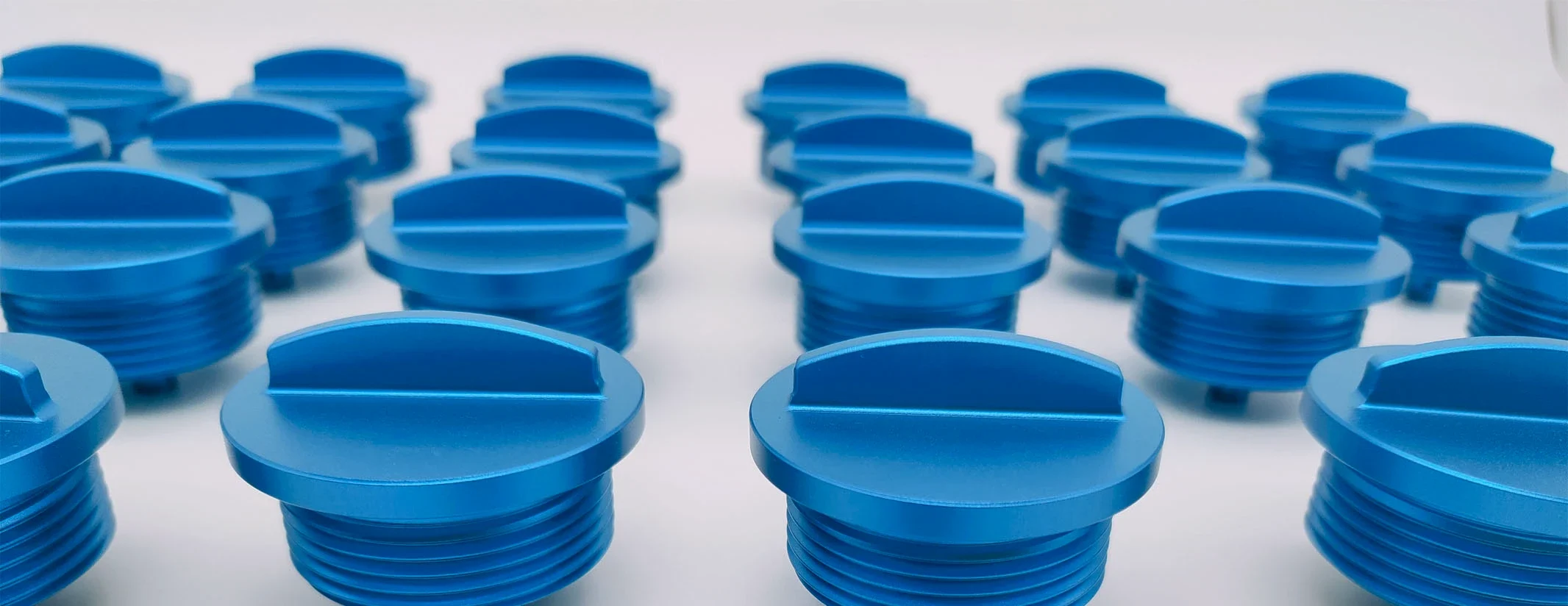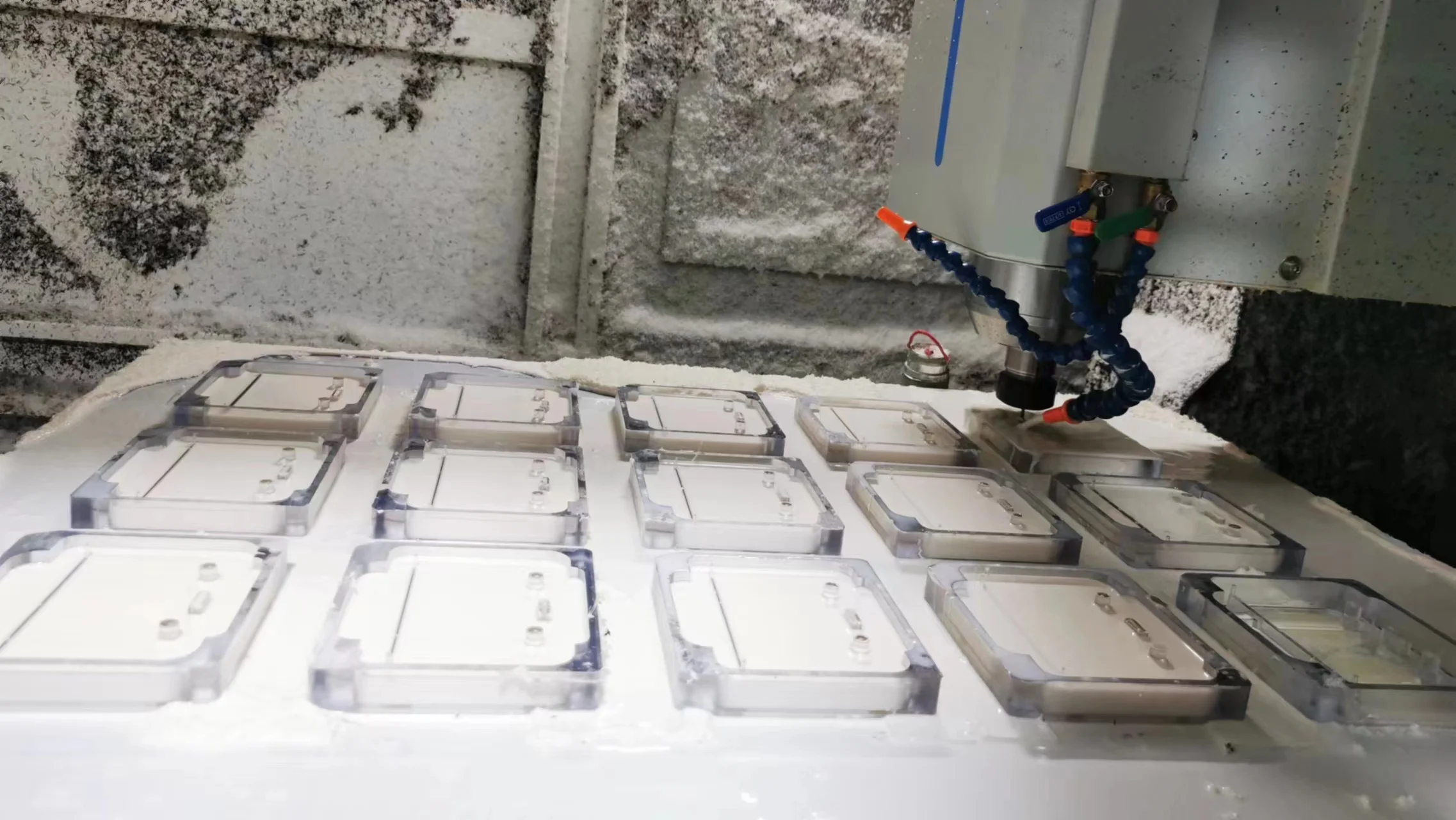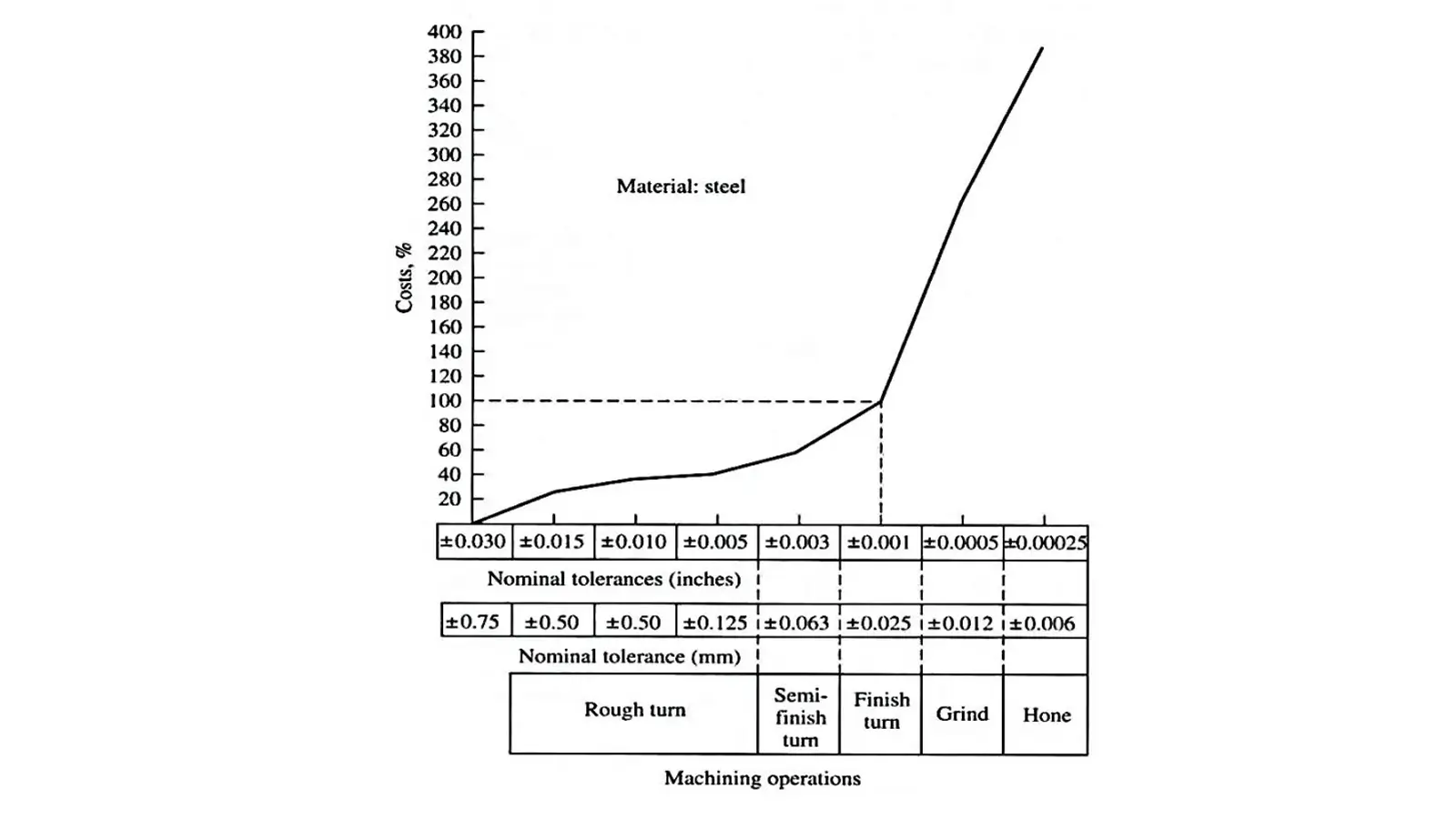Table of Contents
Understanding the position or orientation of a joint relative to the horizon is crucial for the Weld inspector. This knowledge can dictate the appropriate welding processes, methods, and techniques.
Welding is typically most straightforward when the welder can access a joint on a flat, horizontal surface, such as a tableor bench. However, joints encountered in the field may assume various positions relative to the welder and the horizon.
There are 3 welding position standards widely used, DIN EN ISO 6947. AWS. ASME. Learn all the standards in one photo below.

DIN EN ISO 6947 Welding Positions Standards
From the ISO welding positions chart above, there are different position codes.
PA: flat position weld (e.g., plate or pipe rotated during welding).
PB: horizontal vertical position weld
PC: horizontal position weld
PD: horizontal overhead position weld
PE: overhead butt weld
PF: vertical-up (uphill) weld
PG: vertical-down (downhill) weld
PH: pipe position for welding upwards
PJ: pipe position for welding downwards
H-L045: pipe fixed at 45° (e.g., partial scenarios of 6G position).
AWS Welding Positions Standards
In the USA, A3.0 & AWS D1.1 are more widely used in the Americas and industries (e.g., oil & gas, pressure vessels). The positions codes, are shown below.
1G/1F: Flat position weld
2G/2F: Horizontal position weld
3G/3F: Vertical position weld
4G/4F: Overhead position weld
5G: Pipe fixed positions weld(5G = horizontal fixed)
6G: Pipe fixed positions weld (6G = 45° inclined fixed)
In AWS welding positions standards, F stands for fillet weld, which connect two metal components whose surfaces are roughly perpendicular (or at a certain angle) to form a weld with a triangular cross-section.
G refers to groove weld. Groove welding is a connection method formed by processing a groove of a specific shape at the joint of two pieces of metal and then performing fill welding.
ASME Welding Positions Standards
ASME welding position standards are almost the same as AWS welding positions, except that in ASME, additional welding position codes (e.g., 6GR) is used for restricted test applications in specific cases.
Key Differences
Below is a chart to show the key differences between ISO 6947,AWS and ASME welding standards postions.
| Welding Positions Standards | Position Codes | Application |
| DIN EN ISO 6947 | PA PB PC PD PE PF PG PH PJ H-L045 | Global (especially ISO member states) |
| AWS | 1G/1F 2G/2F 3G/3F 4G/4F 5G/6G | USA, Canada, primarily used for structural welding, such as steel structures, bridges, and ships. |
| ASME | 1G/1F 2G/2F 3G/3F 4G/4F 5G/6G | USA, Canada,mainly used in industrial fields such as boilers, pressure vessels, and pipelines. |
Conclusion
In this blog, we have explained three commonly used welding positions standards in definition and in a chart, then introduce their differences. You can refer to our blog 1G 2G 3G 4G 5G 6G in sheet metal welding for more explanation.
If you still have other questions about welding positions standards, feel free to contact us.

Lucas is a technical writer at ECOREPRAP. He has eight years of CNC programming and operating experience, including five-axis programming. He also spent three years in CNC engineering, quoting, design, and project management. Lucas holds an associate degree in mold design and has self-taught knowledge in materials science. He’s a lifelong learner who loves sharing his expertise.





